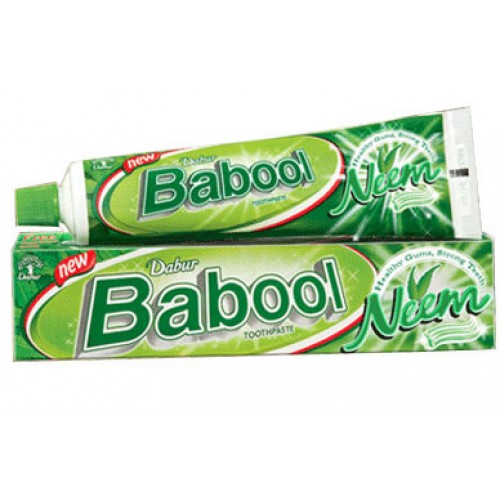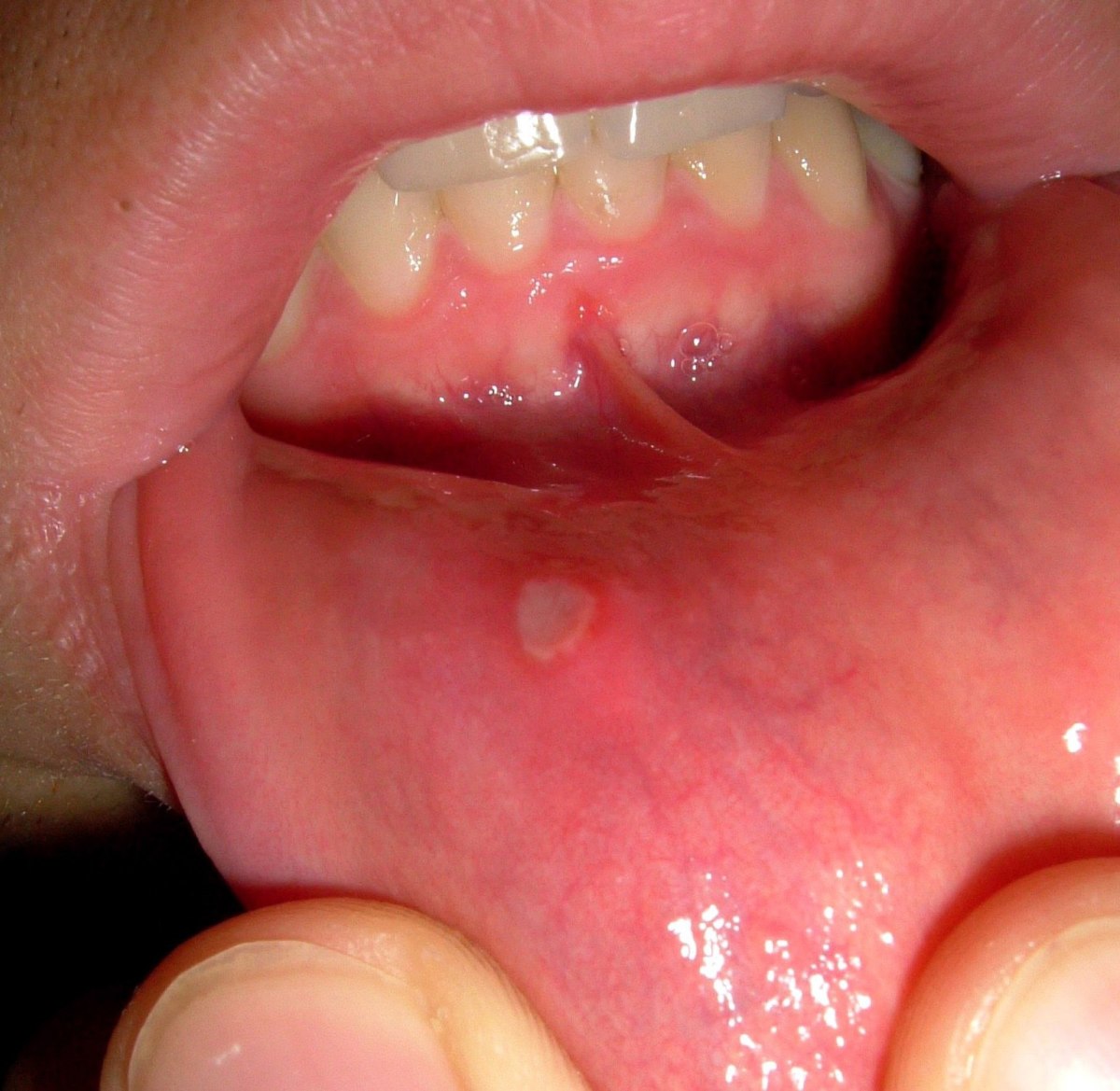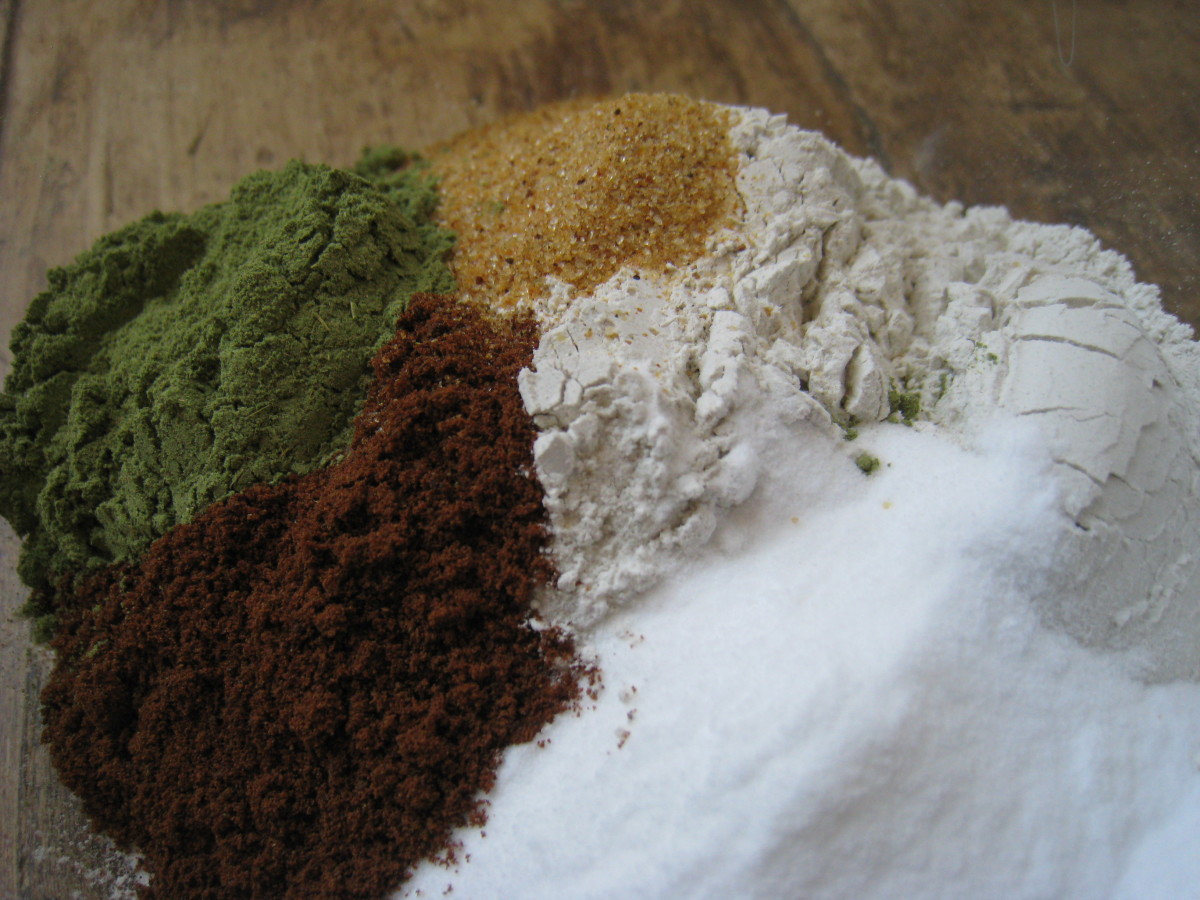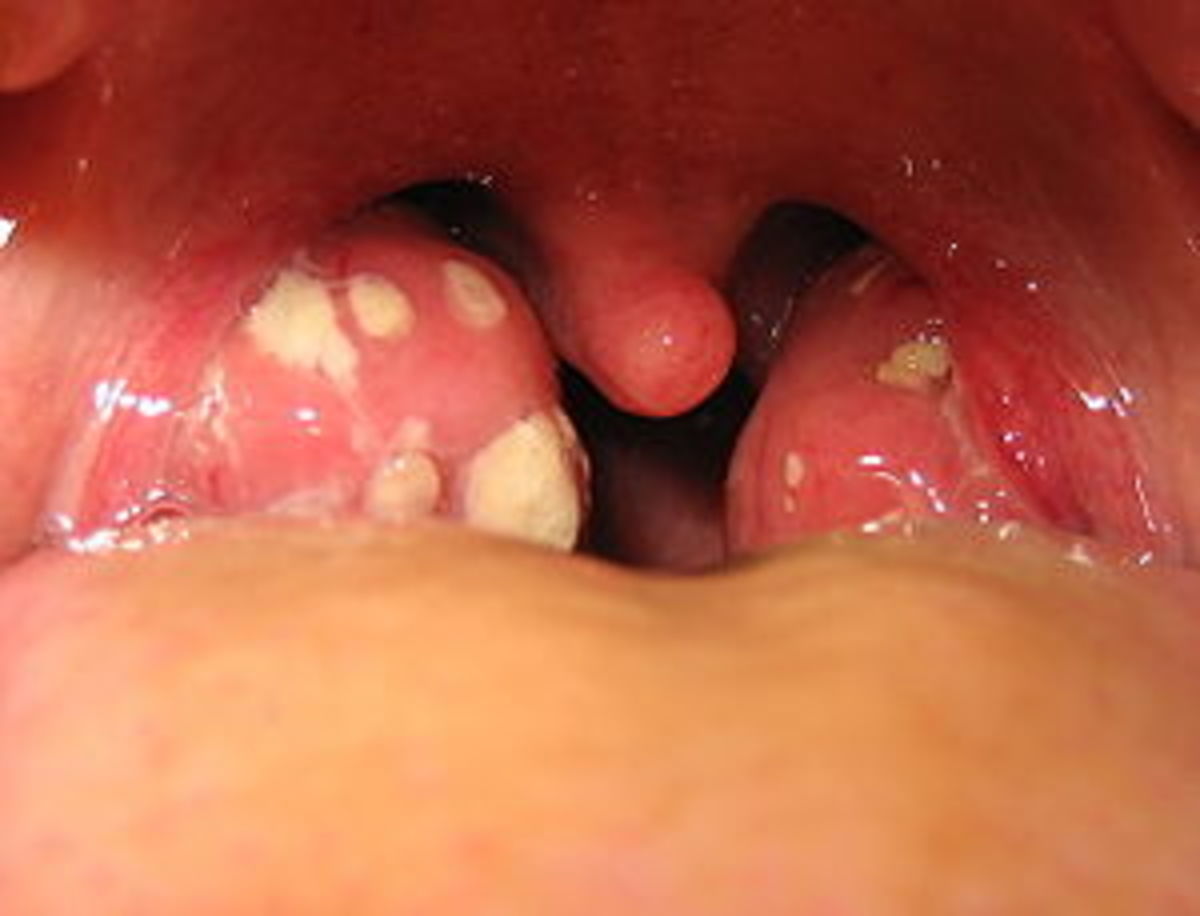How to make toothpaste

This page deals with:
- What is toothpaste?
- Characteristics of good toothpaste.
- Toothpaste ingredients.
- Procedure for making toothpaste on lab scale.
- Popular Marketed brands of toothpaste.
What is toothpaste?
Toothpastes are oral hygiene products applied on toothbrush to clean teeth and freshen oral cavity. Chemically they can be pastes or gels. Toothpastes are also intended to prevent bad breath, dental plaque formation and gingivitis.
Characteristics of good toothpaste
- Good toothpaste should clean the teeth efficiently and should remove food debris, plaque and stains when used with an efficient toothbrush.
- It should leave the oral cavity with clean and fresh sensation and should not leave any aftertaste.
- It should be harmless pleasant and convenient to use.
- Good toothpaste should be Economical to pack and remain stable for it’s shelf life under the wide range of climatic temperatures.
- Abrasive enough for effective cleaning the teeth but should not damage the teeth enamel.
Keeping the above characteristics in mind toothpaste ingredients are selected for formulating toothpaste.

Toothpaste Ingredients
A toothpaste has some basic components namely abrasives, cleaning agents, humectants, Gelling agents, Flavours, preservatives, corrosion inhibitors, bleaches and colour.
- Abrasives: An ideal toothpaste abrasive should assist toothbrush in cleaning the teeth without damaging the tooth surface. The abrasivity and cleaning action of abrasive used in toothpaste is governed by particle size, particle shape, hardness and brittleness of abrasive particles.
Examples of abrasives used for making toothpastes are:- Precipitated Calcium Carbonate (CaCO3),
- Dicalcium phosphate (DCP) dihydrate, chemically (CaHPO4.2H2O),
- Anhydrous Dicalcium Phosphate (DCP),
- Calcium pyrophosphate (Ca2O7P2 ),
- Insoluble Sodium Meta phosphate (Na6(PO3)6), used in fluoride containing toothpastes,
- Aluminium hydroxide Al(OH)3,
- Hydroxyapatite (Ca5(PO4)3OH),
- Zeolites, and
- Silicas.
- Powdered Mica too is used but more for giving a glittering effect.
- Detergents: Mainly surfactants are used as cleaning agents. Earlier soaps were employed in toothpastes but are now replaced with detergent based surfactants; as they are non-irritant to oral mucosa, taste free with good foaming properties. Foaming qualities of detergents are important as they influence the subjective judgement of the toothpaste.
Examples of detergents used in toothpastes are:- Sodium lauryl sulfate (SLS),
- Sodium lauroyl sarcosinate,
- Sodium Ricinoleate (C18H33NaO3), and
- Sodium Sulforicinoleate.
- Humectants: Humectants are substances that help retain water. In toothpaste humectants are added to prevent it from drying out during the suggested shelf life. The humectant of choice is Glycerine used in combination with Sorbitol(70%) and propylene Gylcol.
- Gelling Agents: Gelling agents are added to toothpastes to maintain the high content of solids used in a stable suspension form. These agents also improve dispersiblity, foam characteristics and feel of the toothpaste in the mouth. Gelling agents are hydrophilic colloids that disperse easily in water.
Examples of gelling agents are:- Natural gums like Gum Tragacanth, Carrageenans, Xanthan Gum,
- Cellulose Derivatives Like, carboxymethyl cellulose and Sodium carboxymethyl cellulose,
- Cellulose Ethers like Hydroxymethyl or methyl ethers of cellulose, mythyl cellulose (incompatible with glycone derivatives), Hydroxyethyl cellulose.
- Synthetic resins like polyethylene oxides(PEOs) and polyethylene glycols (PEGs), Carbopol ( a carboxy vinyl polymer).
- Flavours used in toothpastes: Flavors are the most important ingredient that determine acceptance by consumers. A good flavour should leave a lasting freshness in the oral cavity. Aromatic or natural oils are often employed to give the sensation of lasting freshness to the user.
Examples of flavouring agents used in toothpastes are:- Spearmint oil
- Peppermint oil,
- Clove oil,
- Wintergreen oil,
- Eucalyptus oil,
- Aniseed oil,
- Menthol ,
- Anise oil,
- Apricot oil,
- Cinnamon oil,
- Fennel oil,
- Neem oil,
- Orange peel oil,
- Lemon peel oil,
- Herbal extracts of medicinal plants like Acacia Arabia, Neem are also used.
- Preservatives used in Toothpastes: Preservatives are used to prevent microbial degradation of toothpastes during it’s shelf life, commonly used preservatives used in toothpaste are formaldehyde, Sodium benzoate, Para-hydroxy Benzoate etc. flavours like Neem oil also has some antibacterial action.
- Corrosion inhibitors: These are required if the preparation is packed in Aluminum tubes, corrosion inhibitors prevent toothpaste contents from reacting with container wall. Sodium silicate layer is applied to tube wall to inhibit corrosion of metal tube. The problem of corrosion is less relevant now since synthetic polymer based containers have replaced Aluminium tubes. Corrosion can also be minimised by increasing Glycerine levels in the tube.
- Bleaches: Bleaches are used in toothpaste to enhance the whitening effect and assist in the removal of skin oxidizing agents that may be present in the toothpaste. Examples of bleaching agents used in toothpaste are:
- Sodium Perborate(PBS),
- Magnesium Peroxide (MgO2)
- Hydrogen Peroxide (H2O2)
- Carbamide peroxide (made by reaction of urea and hydrogen peroxide)
Toothpaste formula:
Ingredients
| Quantity
|
|---|---|
Precipitated Calcium Carbonate (CaCO3)
| 50 grams
|
Glycerine
| 8.2 grams
|
Polyethylene Glycol (PEG- 400)
| 20 grams
|
Sodium Carboxy Methyl Cellulose
| 1.75 grams
|
Sodium Saccharide
| 0.05 grams
|
Minral Oil
| 1 gram
|
Sodium Lauryl Sulfate
| 2 grams
|
Clove oil
| 1.5 grams
|
Methyl Paraben
| 0.02 grams
|
Distilled Water
| to make 100 grams
|
Toothpaste formula with ingredients and quantity
Procedure of making toothpaste toothpaste
While making toothpaste in lab it is important not to stir hard the mixture of gelling agent, humectant and water. Hard stirring irreversibly decreases the viscosity resulting in wastage of raw material. Toothpastes are made is two basic steps first A hydrated Gel is made and then aberration is incorporated to it by adding abrasive agent.
- First the weighed amount of Sodium Carboxy Methylcellulose as per formula is soaked in small quantity of water for half an hour to get a clear gel.
- Sodium saccharide, polyethylene glycol, glycerine, methyl paraben, Sodium Lauryl Sulfate is mixed together in little more water and then added to Sodium Carboxy Methylcellulose gel.
- Content obtained at the end of step 2 are transferred to a mortar and then abrasive Calcium Carbonate is added in steps with constant trituration to get a smooth paste like consistency.
- Towards the end Mineral oil and clove oil are added again with trituration and consistency is adjusted with water.
- Toothpaste thus formed is packed into previously labeled containers.
Marketed Toothpaste Brands
Following are few popular brands of toothpaste:
- Colgate toothpaste,
- Pepsodent toothpaste,
- Babool Toothpaste,
- Close-up (Translucent gel),
- Dabur Toohpaste,
- Meswak,
- Cibaca,
- Anchor,
- Vicco Vajradanti,
- Glister Toothpaste,
and more.





